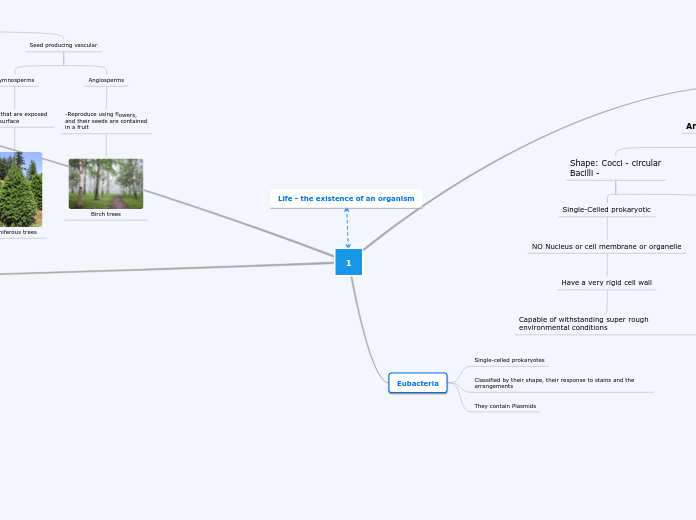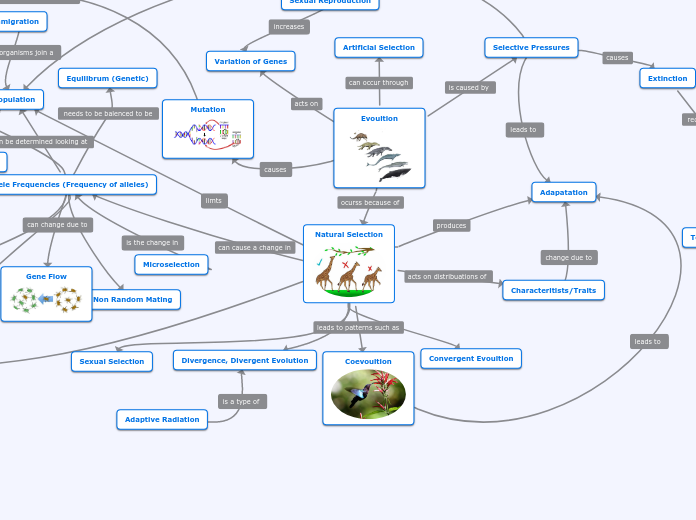Evolutionary Milestones
Segmentation: division
of the body in repetitive
segments
Developed closed
circulatory system
Developed digestive tract
Radial Symmetry: can be
divided along any plane
Developed nervous system
Bilateral Symmetry: can
be divided along one plane
to make two equal parts
Developed centralized
nervous system
ne
Developed germ layers
Simplest Human:
developed stomach
Uses flagellates and cilia
to control water flow
an
Developed mantle that
surrounds internal organs
contains organ
system
Nerve cord
Paired gill slits
Most advanced organs and
systems
Chordata
Vertebrates
Gnathostomata
Adaptation to Terrestrial Lide
Mammals: Females have mammary glands
(produces milk), have developed brains and
hair has multiple functions
Placenta mammals
Marsupials
Monotremes
Birds: Endothermic (constant body temperature)
and has four chambers to the heart
Reptiles:Have body scales that create
a waterproof barrier that helps prevent
dehydration in dry air
Amphibians:Use their moist skin to
assist in gas exchange
Fish:have a skeleton of cartilage
rather than bone.
Agnethanos
Cephalochordates
Tunicates
Life - the existence of an organism
1
Main topic
Eukaryotes
Plantae
Seed producing vascular
Angiosperms
-Reproduce using flowers,
and their seeds are contained
in a fruit
Birch trees
Gymnosperms
-Seeds that are exposed
on the surface
Coniferous trees
Non-Vascular: Bryophytes
-These plants do not have vascular tissue,
and they are dependent on the processes
of diffusion and osmosis to transport nutrients
Hornworts (Phylum Anthocerophyta)
Liverworts (Phylum Hepatophyta)
Mosses (Phylum Bryophyta)
Seedless Vascular
-Gametophytes were reduced
to tiny, short-lived structures that depend on moisture to carry out sexual reproduction.
Horsetails (Phylum Sphenophyta)
Club mosses (Phylum Lycophyta)
Whisk ferns (Phylum Psilotophyta)
Protista
Plant-like:
- make their own food
by photosynthesis
Euglenoids
-Have chloroplasts and conduct
photosynthesis, they also have
flagella and can absorb nutrients
-Autotrophs in sunlight and
heterotrophs in the dark
Euglena gracilis
Dinoflagellates
- Have two flagella
Gonyaulax catenella
Diatoms
-Single celled, aquatic
-Rigid cell walls with an
outer layer of silica
-Asexual reproduction
Animal-like (Protozoa):
-they consume other organisms
for food
Sporozoans
-parasites of animals,
taking the nutrients they
need from their hosts
Malaria
Ciliates
-Use cilium for
sweeping food and
for movement (hair
like)
Paramecium
Cercozoans
- Use pseudopods for
feeding and locomotion
Amoeba
Flagellates
-Use flagellum for food
and movement (tail-like)
Fungi-like:
-they absorb nutrients from
other organisms, living or
dead.
Water molds
- Filamentous organisms
- extend threads into their
host and release digestive
enzymes and absorb the
resulting nutrients.
Plasmodial slime molds
- Contains many nuclei
-feed by engulfing small
particles
of food into their
cytoplasm
Cellular slime molds
-One nucleus each
- form pseudoplasmodium
when food is scarce
Fungi
Club Fungi
(Phylum Basidiomycota)
-Release hyphae,"basidia"
Mushrooms
Sac Fungi
(Phylum Ascomycota)
- Develop sacs, asci, during
sexual reproduction
Yeast cells
Chytrids
(Phylum Chytridomycota)
-Mostly unicellular and
aquatic (spores have
flagella)
-Can be parasites or
live on decaying
plants or insects
Synchytrium endobioticum
Fungi Imperfecti
(Phylum Deuteromycota)
Usually do not reproduce
sexually and are very diverse
Penicillium
Animalia
Invertebrates: does no have
a backbone in its internal skeleton
Vertebrates: backbone in its
internal skeleton
Eubacteria
They contain Plasmids
Classified by their shape, their response to stains and the arrangements
Single-celled prokaryotes
Bacteria
Single-celled prokaryotic organisms
NO Nucleus or membrane-bound organelles
Also have several chemical types of cell walls
Archea
Archaebacteria
They're the oldest organism on the planet
Lives in the most inhospitable areas
Lives in very hot, salty, and acidic conditions
Shape: Cocci - circular
Bacilli -
Single-Celled prokaryotic
NO Nucleus or cell membrane or organelle
Have a very rigid cell wall
Capable of withstanding super rough environmental conditions









